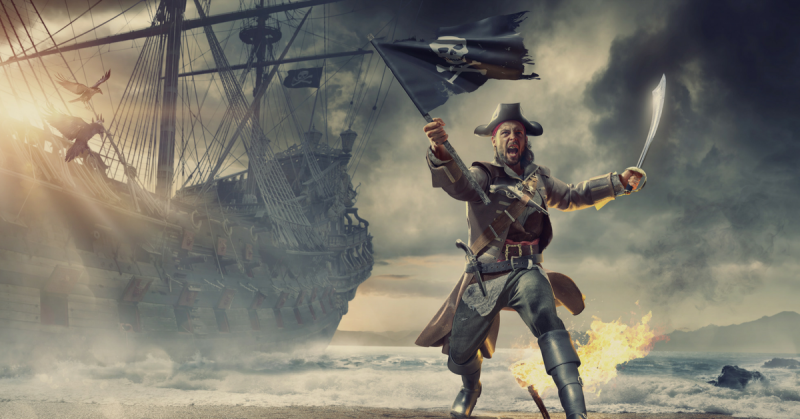While the War of 1812 raged on between Great Britain and the United States, a group of gentleman pirates or as they would so often call themselves “privateers” sailing under the flag of the Republic of Cartagena became ensnarled in the conflict.
Chief Commander amongst them, Jean Lafitte and his elder brother Pierre had gathered men from several races to join his band of smugglers and together they raided merchant ships, taking the owners captive and seizing their cargo. They treated the captives rather well and returned their sea vessels to them once they unloaded them at their station.
The U.S. government had only just passed into law the Embargo Act of 1807, an act that restricted American ships from docking at foreign ports for the sailors and their cargo were frequently seized as contraband and subsequently made to sail in battle against the U.S against their will.
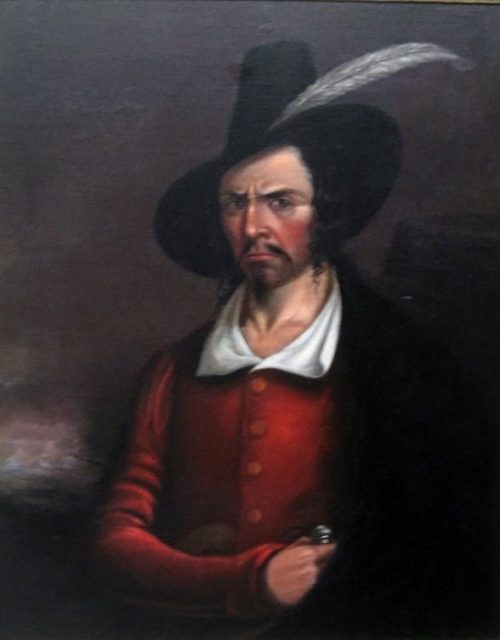
The merchants of New Orleans, a city in the newly purchased territory of Louisiana did not welcome this new development as it meant huge business problems.
Opportunity presented itself for the pirates who wasted no time in moving their base from the warehouse in New Orleans to what soon became a pirate empire at Barataria bay.
The bay was located south of New Orleans and West of the Mississippi River, hidden by large stretches of vegetation and shielded by several islands. The barrier islands of Grand Isle and Grand Terre thus shielded the Frenchman’s base, it was the perfect spot for the smugglers to unload goods without disturbances from customs officials.
Being the main source of foreign goods as well as black slaves to the region, the Lafitte industry soon became well renowned amongst many and in a small matter of time their fame had reached the office of the Governor of Louisiana, William Charles Cole Claiborne.
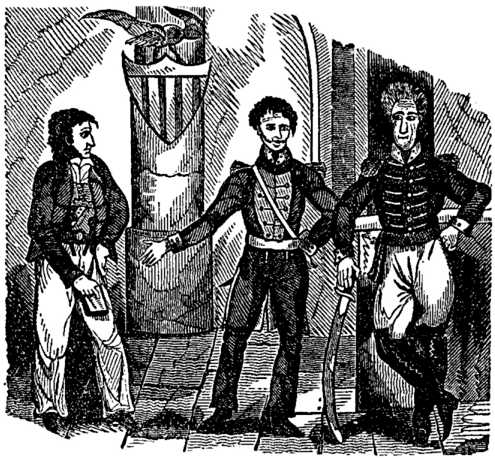
Not long after, the Baratarians became wanted felons of the government, their presence on American soil had become a national problem. Undoubtedly forthcoming was the subsequent capture of the Baratarian emperor, the eldest of the Lafitte brothers who was held without bail from July 1814.
British forces, on the other hand, sought to strike at the U.S from New Orleans believing it to be weakly defended and politically unstable with Indian and slave factions against the U.S government.
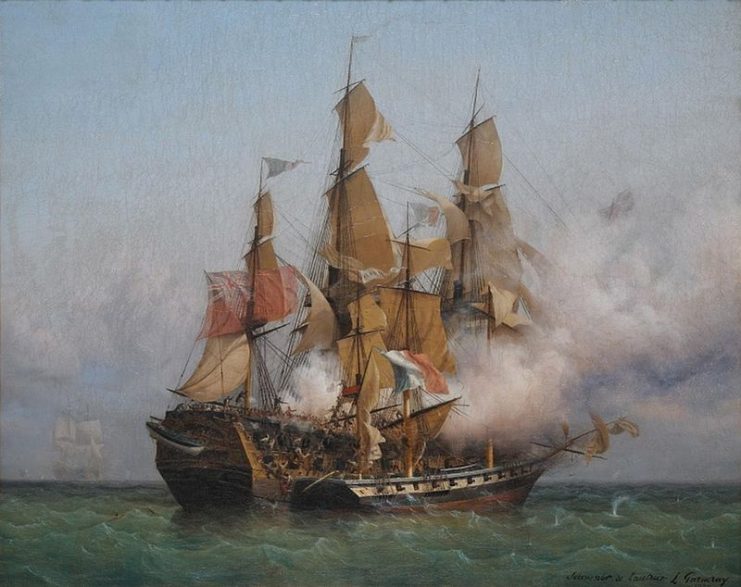
Prior to their organized invasion, a party led by Lieutenant Colonel Edward Nicolls of the British Army took over the Pensacola and established his headquarters there.
Learning of the conquests of Lafitte’s organization in that area and the naval capacity of the Baratarians, Nicolls sought to befriend the gentleman pirate, he sent a messenger to deliver the letter, by Captain McWilliams of the Sophie, the British then made their offer.
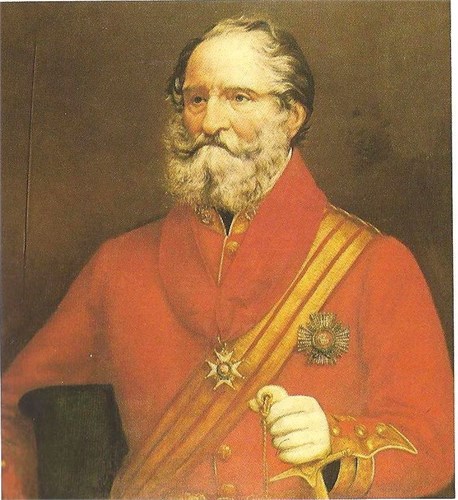
Lafitte was offered the rank of Captain in the British Navy and a guarantee of several landed properties to him and his crew with the condition that he placed his ships and his men under Captain Nicholas Lockyer and ceased from attacking Spanish ships as well as other British allied convoys.
In the early hours of September 2, 1814, Jean Lafitte received the British sailors warmly into the bay. Relations with the English was not favored by the residents of Barataria and in the short absence of their leader, they exchanged hostilities and imprisoned the British captains for a few hours.
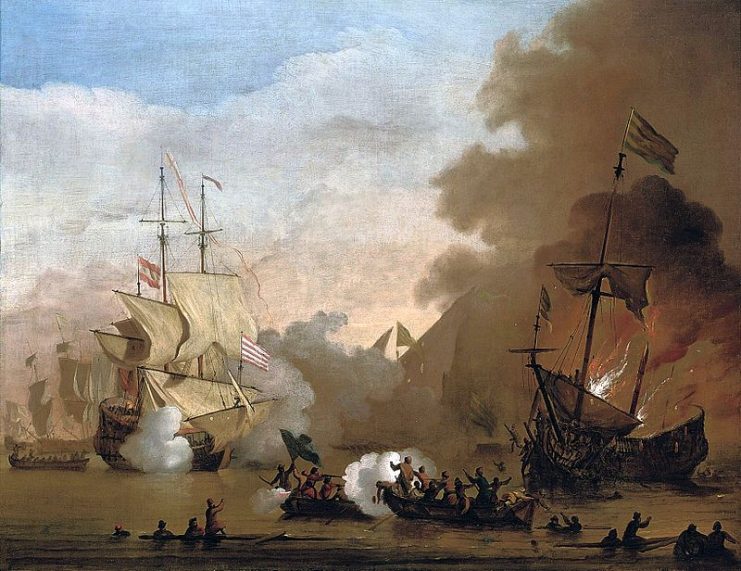
Lafitte, however, released them and apologized on behalf of his crew. He offered gifts and luxuries from his exquisite variety of foreign merchandise as entertainment to his guests and sent them off with a promise of positive consideration of the offer.
The British were to check back in two weeks time upon which he would give them his final response. Once again, Lafitte had encountered a golden opportunity, one which would see the release of his brother and a partnership with the American government.
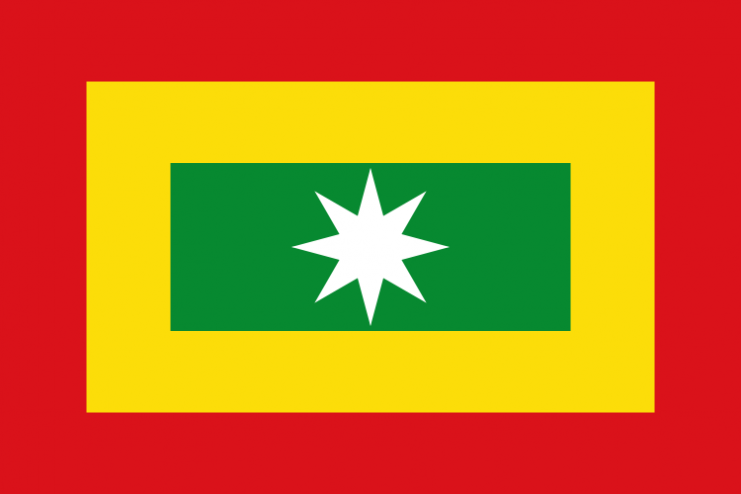
His loyalties were never in doubt as he thoroughly enjoyed the atmosphere of the U.S., he had a successful business which he enjoyed as well as relations with prominent merchants in New Orleans and beyond.
He sought to expand and legalize his business in the U.S., never even entertaining plans to set up shop elsewhere. He, therefore, sent messages through his associate in New Orleans, Jean Blanque, to Claiborne stating the English proposition and attaching the letters from Nicolls as evidence to the American governor.
In Lafitte’s letters, he pleaded the release of his brother and his wish to support the U.S in the war rather than the British.
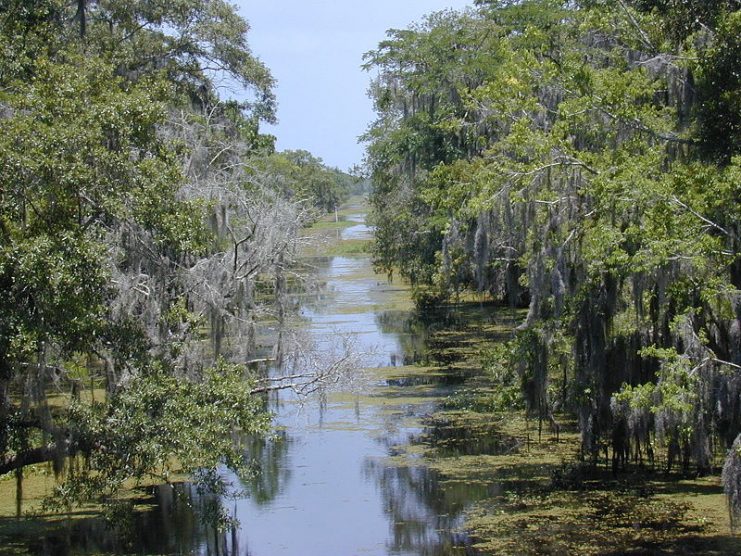
A few days after his request, Pierre escaped from his cell in New Orleans in the early hours of September 6 and rejoined his younger brother at the bay. When he arrived, Lafitte recounted his encounter with the British Navy and his response to them of which Pierre was very much in support of.
Once again, messages were sent this time by Pierre to Claiborne reassuring him that the Baratarians and their fleet were readily on the side of the United States.
Prior to Lafitte’s messages, an organized attack from the U.S. on the bay of Barataria loomed, Captain Daniel Todd Patterson and Colonel Ross, put together plans to destroy the pirate base and were only awaiting approval from Claiborne to proceed.
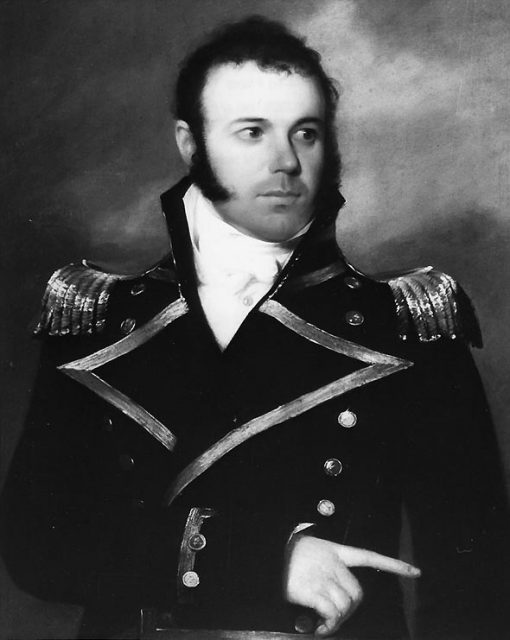
The raid plans were stalled by Lafitte’s letters which Claiborne took into serious consideration but Pierre’s escape from his cell helped fan the flames of hatred and distrust for pirate activities. Heading this faction was Patterson who had previously been held captive for nearly two years by the Barbary pirates.
The decision thus went in Patterson’s favor, marking the last days of the pirate empire at Barataria Bay. The captain prepared a full naval assault with five Gunboats, the dispatch boat Sea Horse and the schooner Carolina as well as several armed barges.
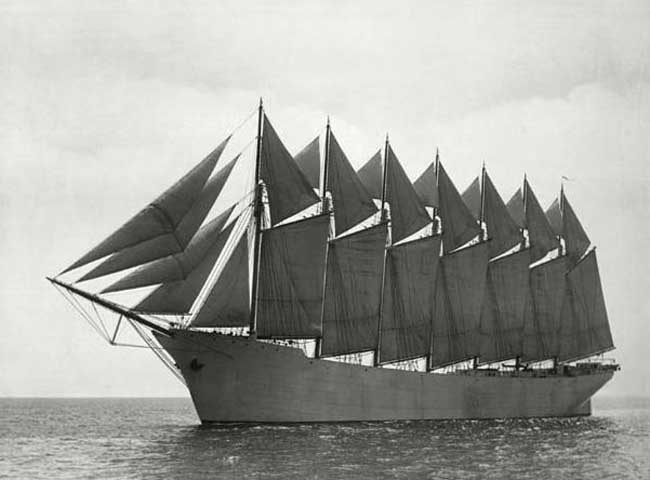
The troops of the 44th Infantry who occupied the riverine artillery ferries of the barge proceeded in the early hours of September 11th to join the Carolina at Plaquemine and then the gunboats at Belize.
The gunboats stormed the bay on the morning of September 16, around 8 AM much to the surprise of the Baratarians who had anchored their ships in a line to block off British ships.
The lower water vessels of the U.S. Navy were, however, able to scale through and enter into the bay. Patterson quickly raised a white flag that read “Pardon to Deserters.” The Baratarians upon seeing the imminent threat scampered everywhere in a bid to escape.
Their attempts ended in futility and they were rounded up and taken captive with little or no use of ammunition. Without any recorded casualties, Patterson was on his way to pulling off an invasion masterpiece. They secured two armed and six regular schooners, a brig and a felucca boat as well as some eighty smaller water vessels.
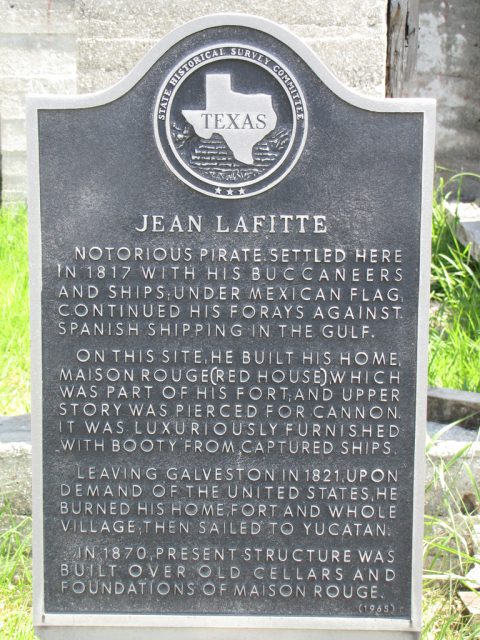
The raid continued with the capture of a returning armed pirate schooner on September 20th, General Boliver after some gunfire exchange. The houses in the bay, numbering over forty, many of which were huts were set ablaze while the Baratarians were taken as prisoners with the departing fleet on September 23th.
Read another story from us: The Pressing of American Seamen And The War of 1812
On their way back to the Southwest Pass, Lafitte and some other prisoners took control of one of the Schooners where they were held and escaped. With their base of operations disbanded, the Lafitte brothers and what was left of the Baratarian pirate organization were confined to lurk the muddy waters of New Orleans.
